There are two lenses by Sony that are both interesting and curious. The FE 16-25mm f/2.8 G and FE 24-50mm f/2.8 G are small, lightweight f/2.8 lenses with a limited zoom range. How do these lenses perform, and are they worth buying? Let’s find out.
The idea is great: introduce two lightweight zoom lenses with an f/2.8 aperture over the complete zoom range. These lenses will be easy to carry around, inconspicuous, and user-friendly. There is a catch, though. The focal range will be limited.
The FE 16-25mm f/2.8 G doesn’t reach 35mm, like similar lenses in this range do. The FE 24-50mm f/2.8 G misses at least 20mm on the longer end of the zoom range. At first, this doesn’t seem to be an issue. However, using these lenses for an extended amount of time made me wish I had some extra focal length quite often.
The Appearance
Despite the difference in zoom range, both lenses look exactly the same. You have to look at the text on the lens to figure out which one is which. They both have an aperture ring and a programmable lens button. There is a zoom ring and a focus ring that is only a fraction wider.
One of the two switches on the lens makes it possible to switch between manual focus and autofocus. The other switch turns off the clicking sound of the aperture ring. There is no built-in stabilizer, so you have to rely on the camera’s own IBIS system.
When zoomed in, the lenses change in length. The barrel of the FE 24-50mm extends much further compared to the FE 16-25mm. Other differences are minor and not noticeable unless you compare the specifications. In the list below, the first number is for the FE 16-25mm, the second for the FE 24-50mm.
- Dimensions: 74.8 x 91.4 mm / 74.8 x 92.3 mm
- Weight: 409 g / 440 g
- Minimum focus distance (autofocus): 0.18 m (W) and 0.24 m (T) / 0.19 m (W) and 0.30 m (T)
- Minimum focus distance (manual focus): 0.17 m (W) and 0.22 m (T) / 0.18 m (W) and 0.29 m (T)
- Magnification (autofocus): 0.2x / 0.3x
- Magnification (manual focus): 0.23x / 0.33x
The other specifications are the same for both lenses:
- 11 aperture blades (circular)
- Two linear AF motors that can make 120 calculations per second
- Dust and moisture resistance
- Fluoride coating with anti-fingerprint and water and oil repellant
Image Quality
The overall look of the images produced by both lenses is good. They show good contrast and image sharpness. However, these lenses rely heavily on in-camera lens correction. The distortion compensation can’t be turned off and is baked into the raw files.
However, with Lightroom, the raw images still show distortion and some vignetting. Since the lens profile is built into the raw file, there is no option to use a dedicated lens profile. This makes it tricky to remove all the remaining distortion and vignetting in post.
How important lens correction with these lenses is becomes visible by comparing the results, as shown below.
Chromatic aberration is visible with these lenses, but it can be removed quite easily. Regarding flare, both the FE 16-25mm and FE 24-50mm perform well, with good resistance to flare in most situations. Sometimes flares did occur, but not to extremes.


Narrow Depth of Field and Bokeh
Both lenses have an aperture of f/2.8 across the zoom range. This is perfect for low-light situations. A wide aperture will decrease the depth of field as well. Since the focal length is also responsible for a shallow depth of field, these lenses won’t go into extremes.
You can achieve a reasonably narrow depth of field with the FE 24-50mm at 50mm, but any other focal length will not offer a lot of background blur. I’ve tested the bokeh of both lenses to see the effect of the 11-blade circular aperture.
Real-World Use
As mentioned, the wide aperture makes these lenses suitable for low-light situations. However, don’t expect wonders from an f/2.8 aperture. In dark situations, you still need high ISO values, and you have to rely on the IBIS system of your camera or use a tripod.
The downside of these lenses is the limited zoom range. Not so much for the FE 16-25mm, but more so for the FE 24-50mm. In a lot of situations, I wished the lens would offer a bit more reach.
This is the price you pay for a lightweight and compact lens, of course. I must say, I got used to the limited zoom range, which made it a bit similar to photographing with a prime lens.

The autofocus is fast and quiet, and the aperture ring works smoothly. The clicking sounds are nice to have while photographing, and I love the ability to switch the sound off. The lens button is a nice addition.
The lenses are not that effective for a blurry background due to the focal lengths they offer. Of course, this also depends on your distance to the subject and the subject's distance to the background. However, if there was any blurry background, it often was not blurry enough.
My Conclusion About These Lenses
I love these lenses for their lightweight and compact form factor. They’re easy to take with you, and there is no reason not to pack both. However, the zoom range is too small to make them versatile lenses, especially the FE 24-50mm. It was frustrating at times to be limited to that 50mm focal length.

Due to this limitation, it’s tempting to pack a third lens with you that covers the longer focal length, thus reducing the benefit of a small and compact set of lenses. On the other hand, the limited zoom range may force you to be more creative in your composition. Then again, a prime lens would be much better for that task, I think.
The f/2.8 aperture does not offer a great blurry background with these zoom ranges. The wide aperture is best suited for low-light situations. Perhaps some portrait photography with 50mm and f/2.8 could offer some nice bokeh. However, I would prefer an even wider aperture if a narrow depth of field is desired.
After using these lenses for some time, I’m not quite sure if I like them or not. Both the FE 16-25mm and FE 24-50mm are interesting lenses, and I believe they have their purpose. On the other hand, for me personally, a 16-35mm and 24-70mm, or even a 24-105mm zoom lens, would be preferable, even if it’s a bit heavier and the maximum aperture is f/4.
What I Like
- f/2.8 aperture across complete zoom range
- Overall image quality
- Size and weight
- Aperture ring
- Off switch for aperture clicking sounds
- Fast autofocus
- Lens button
- Similar lens diameter for filters
What I Don’t Like
- Limited zoom range
- Relies too heavily on in-camera lens correction
- Image correction profiles not available on raw files in Lightroom Classic
- Narrow depth of field is not prominent due to zoom range














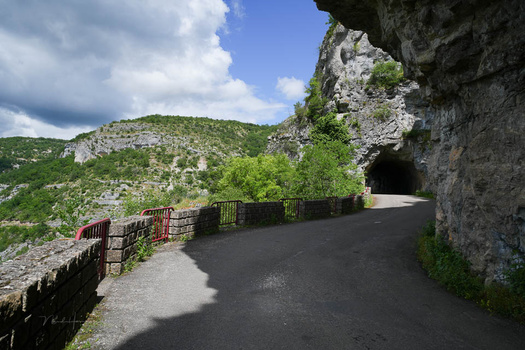



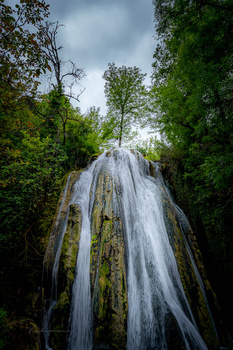
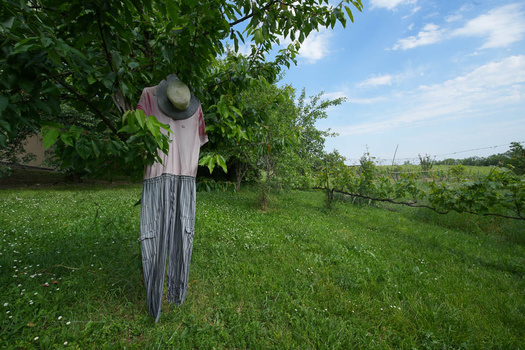
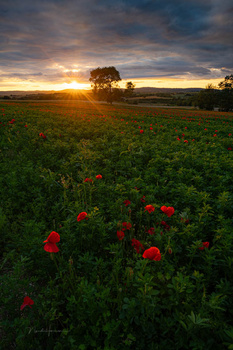
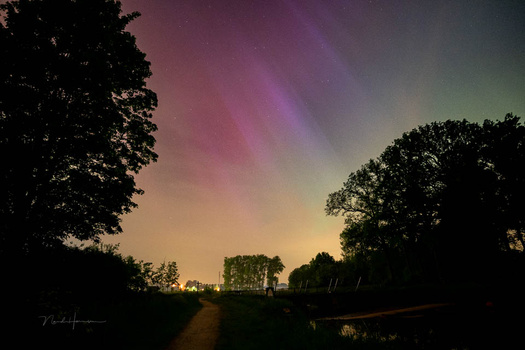
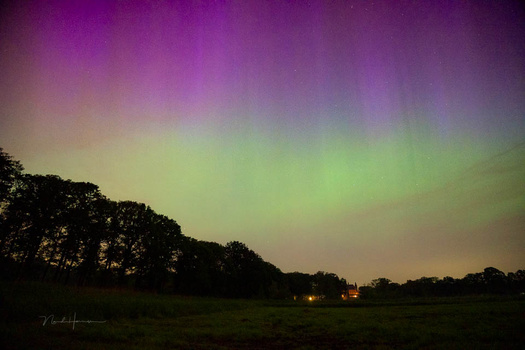
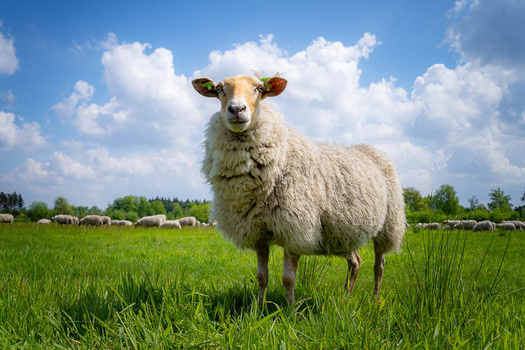
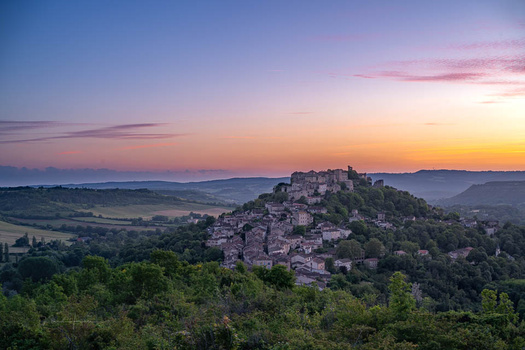

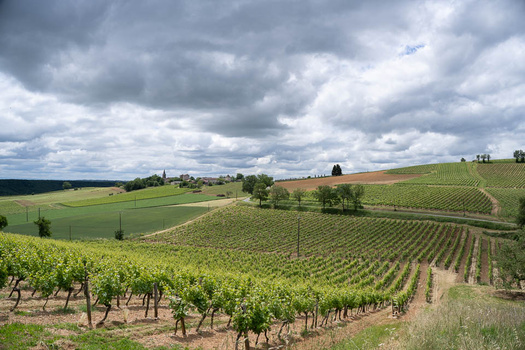
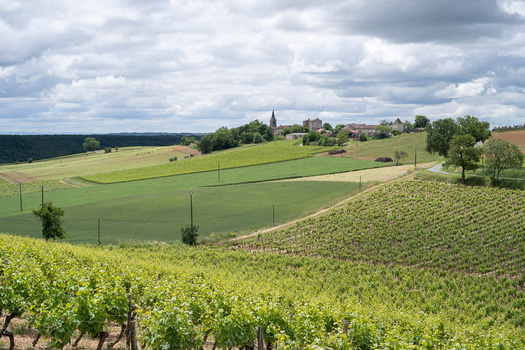
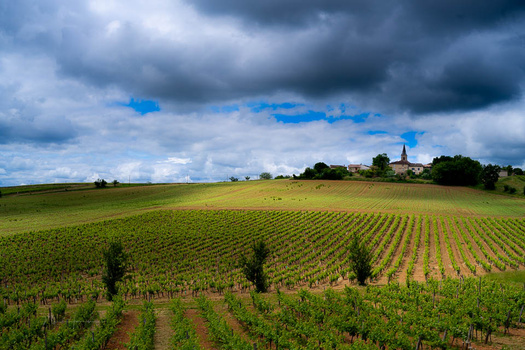



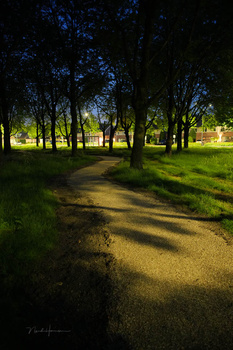
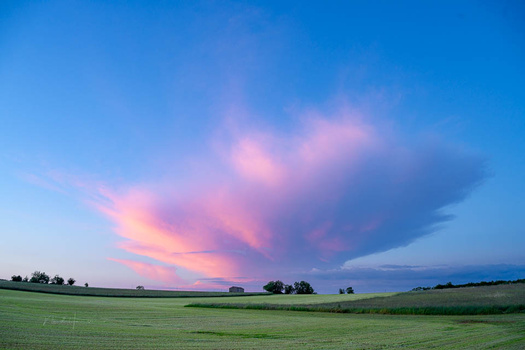
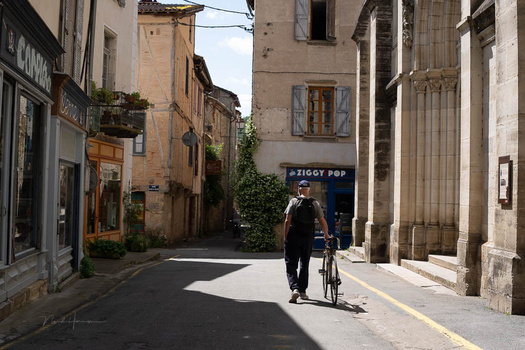

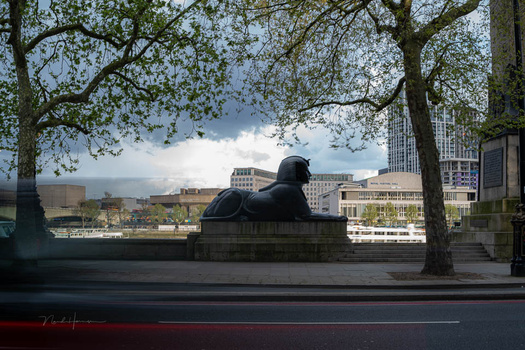

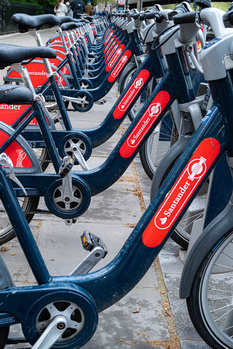
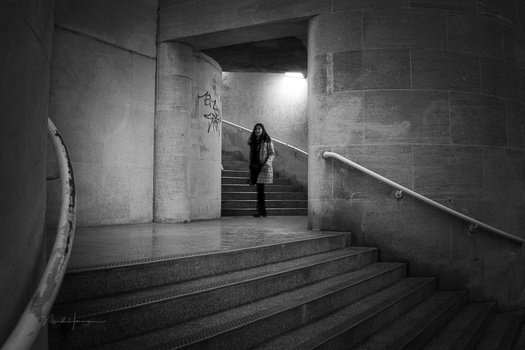

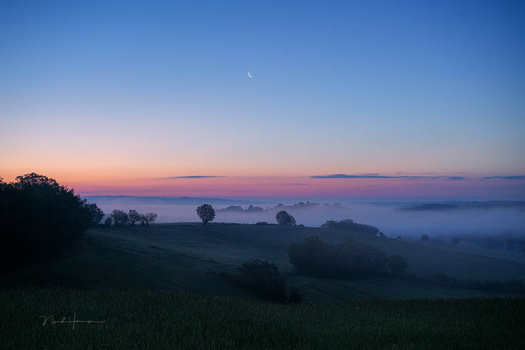






What are the MSRPs?
The FE 16-50 sells for 1198 on B&H Photo and the FE 24-50 for 1098
I’m at a loss for some of the comments. What do you expect from a 16-25 or a 24-50? If you wanted some extra zoom choose another lens! Not liking the limited zoom on a lens that clearly states it’s limited focal length range is baffling.
Personally I don’t get the need for either lens, but that’s just my opinion, as Sony already make a 16-35 f2.8 and a 24-70 f2.8 while both these lenses are slightly bigger/ heavier than the ones in the article for me they fill that optical gap.
The real question is what made Sony think a 16-25 was a good idea? Where and what is the benefit in a pure photographic sense of such a lens compared to 16-35? Who would these lenses appeal to?
When I first heard about these lenses I had to check the date, was it April 1st?
I genuinely am confused by the need for such lenses. If anyone can explain the need and what it is then please go ahead.
I bought the 16-25 to replace my 16-35 gm (first version). The reason is simple: I checked on lightroom and used the 16-35 above 25mm 5% of the time. Usually, I mount it because I want to go wide. I do a lot of hiking and sleeping in a tent so weight is a big concern. I do astro in the montains. I have 35mm on my 24-70 anyway.
You could say, just upgrade for a 16-35mm gm mk ii, yes, but it's almost double the price and sharpness is close... ok the 16-25 has worse distorsion and vignette but that is corrected. Vignette is the biggest issue as the correction just increases noise (it's like having a f4 lens in the corners) but that is acceptable. Shot with the 16-25 : https://flic.kr/p/2pVrpse
I can see that for someone who needs the f2.8 aperture for subject separation or lower light, the 16-25 is an attractive way to add a wider range to the standard 24-70 workhorse. The 16-35 GM2 is much more expensive. I can also see vloggers liking this lens, especially if they use active stabilisation that crops the image. Perhaps estate agents who need to make cupboards look like double bedrooms?
On the 24-50 I give up! I’m hoping there’s a lighter upgrade to the 24-105 f4 in the pipeline.
The 24-50mm makes a great street photography lens. I primarily shoot between that focal range for most of my shots. The 16-25mm is a nice video lens. I do understand the need for needing to zoom in further at times, but for the most part, 24-50 is plenty for street photos. I would definitely use that one daily.
Too limited range. Buy a 28-75 mm F2.8 Tamron.
Defeats the purpose of having a compact, light lens.
Use a prime lens.
A prime lens had no zoom at all and you were talking about limited range in the first place. You have to admit the 24-50 is the best of both ways in that case
Perhaps the best is to return to aps-c and 17-55mm F2.8 ;)
I was very happy with aps-c: image quality and weigth.
Another disadvantage, every lens change invites dust onto the sensor.
If that's a problem, I would suggest a camera with a built in zoom lens.
These kind of camera's and accompanied lenses are made for changing. That's the whole point of such a system.